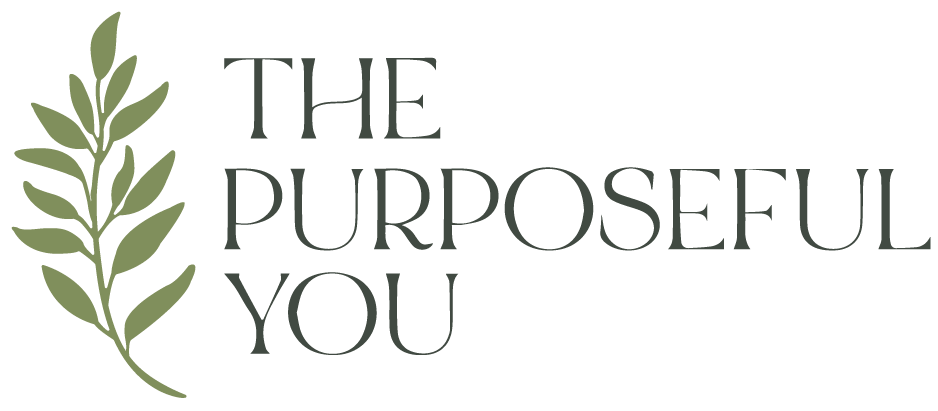How to Grow Dill: A Beginner’s Guide
If you ask me, dill is one of those herbs that belongs in every garden – it’s aromatic, attracts beneficial bugs like ladybugs, and adds a burst of fresh, summery flavour to countless dishes. If you’re new to gardening or looking to expand your herb collection, dill is a perfect, and easy-to-grow choice! Here’s everything you need to know to grow it successfully.
Why Grow Dill?
1. Culinary Versatility: Dill’s feathery leaves and seeds add a unique, bright flavour to many foods and dishes. From pickles to salads and seafood dishes, it’s a very versatile herb to grow in the garden. Fresh dill is also a perfect pairing for summer vegetables like cucumbers, carrots, and potatoes.
2. Health Benefits: Dill is more than just a flavour booster—it’s packed with vitamins A and C, as well as minerals like calcium and iron. It also contains antioxidants that can support heart health and digestion!
3. Attracts Beneficial Insects: Dill is a favourite of pollinators like bees and butterflies. Its flowers attract beneficial insects like ladybugs, which help control the pests that you don’t want in your garden.
4. Natural Pest Deterrent: Piggybacking off it’s ability to bring in beneficial bugs, its strong scent can help deter pests like aphids, spider mites, and cabbage loopers, making it a great companion plant for vegetables like cucumbers, cabbage, broccoli, and lettuce.
When to Start and Plant Dill
Starting Seeds Indoors (Optional): While dill can be directly sown, you can start it indoors 4–6 weeks before your last expected frost for an earlier harvest. Use small pots or seed trays with a light, well-draining potting mix. Transplant when roots are established.
Direct Sowing (Best Option): For most gardeners, direct seeding is the simplest approach. Sow dill seeds directly in the garden 2–3 weeks before your last frost date or whenever the soil has warmed to at least 60°F / 15°C. Dill prefers cooler spring and fall temperatures, so you can also plant a late summer crop for a fall harvest.
How to Grow Dill Step-by-Step
1. Choose the Right Spot: Dill thrives in full sun (at least 6–8 hours daily) and prefers well-drained, slightly acidic to neutral soil with a pH between 5.5 and 7.0. Avoid planting dill near carrots.
2. Sow the Seeds:
Scatter the tiny seeds about ¼ inch deep and 12 inches apart if you’re growing full-sized dill.
For a denser, bushier crop, you can broadcast seeds in a dedicated herb patch.
Lightly cover the seeds with soil and keep the area moist until germination, which usually takes 7–14 days.
3. Thin and Water: Once seedlings are a few inches tall, I’d recommend thinning to a clump of 4-6 plants and clumps about 12 inches apart to give them room to grow. Water regularly but avoid water-logging the roots. Dill doesn’t like to dry out completely… but it also hates soggy soil.
4. Provide Support if Needed: Tall dill plants can become top-heavy, especially in windy areas. Consider adding a simple stake or growing near a supportive structure if your dill reaches 3–4 feet in height. This occurs when you let is flower and I recommend doing so for the beneficial insects.
Harvesting Dill
For Leaves: Start harvesting leaves when the plants are about 8 inches tall. Pinch the leaves from the outside of the plant to encourage bushier growth.
Save Your Own Dill Seeds: Allow the plant to flower and set seeds, which typically happens 60–90 days after planting. Collect the seeds once they turn brown, and dry them in a warm, well-ventilated area.
My favourite dill combo is on avocado toasts with thinly sliced pickled radishes!
A Few Bonus Tips!
Succession Planting: For a continuous supply of fresh dill throughout the season, sow new seeds every 3–4 weeks throughout the growing season.
Companion Planting: Dill pairs well with cucumbers, onions, tomatoes and lettuce but as previously mentioned, keep it away from carrots. This is to prevent cross-pollination which can affect the flavour.
Let It Self-Seed: If you let a few dill plants flower and go to seed, they’ll often reseed themselves for next year’s garden!
With its feathery leaves, delicate flowers, and distinctive flavour, dill is a must-have for any herb garden! Whether you’re looking to boost your garden’s biodiversity, add fresh flavours to your cooking, or simply enjoy the sight of graceful, swaying plants, dill is a rewarding choice for beginners and seasoned gardeners alike.
* Note: Some links featured in the above post are commissionable/affiliate links.




